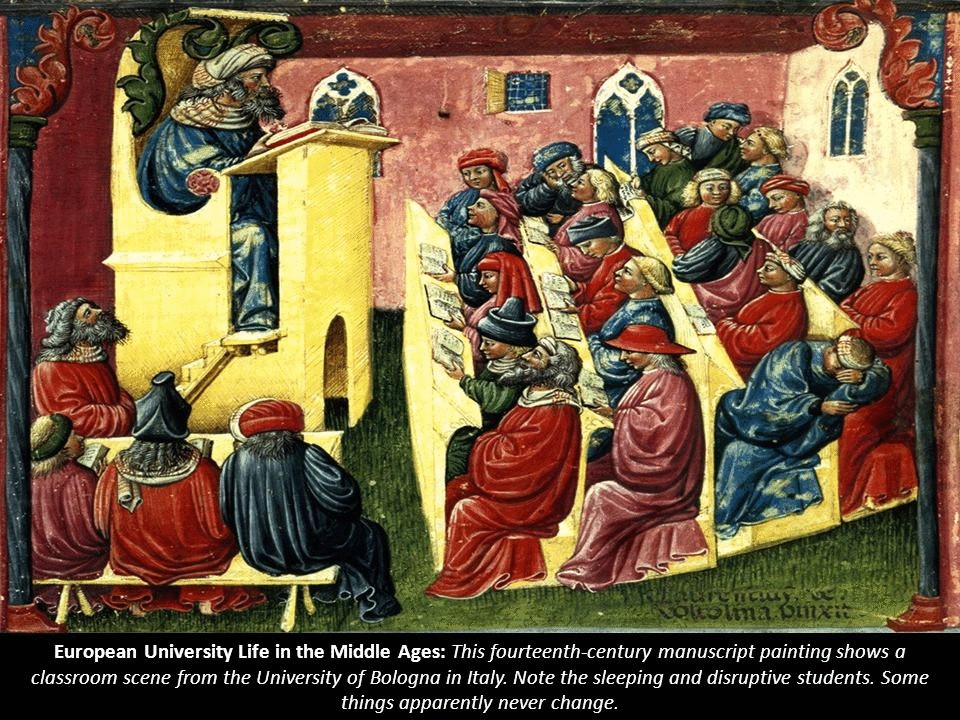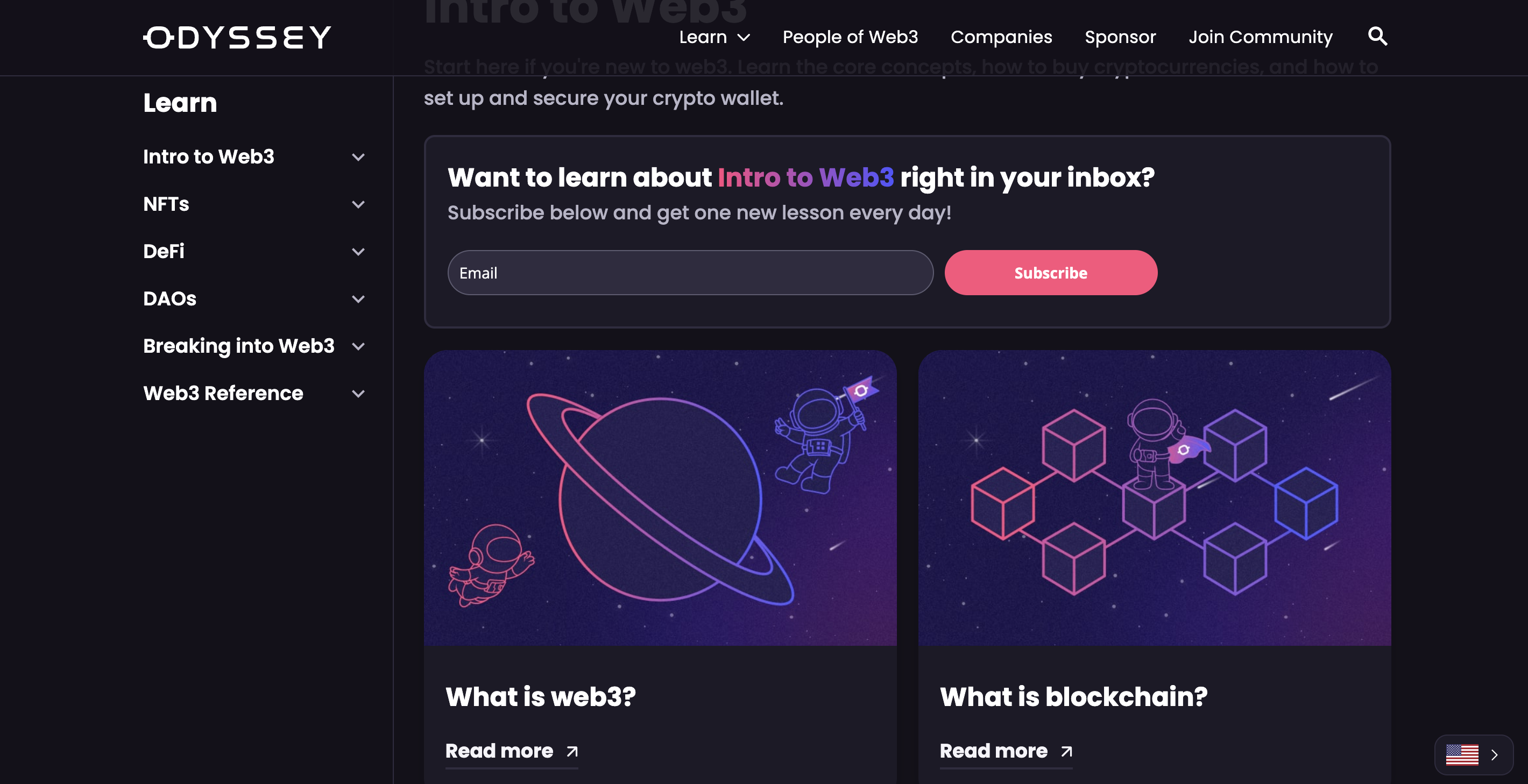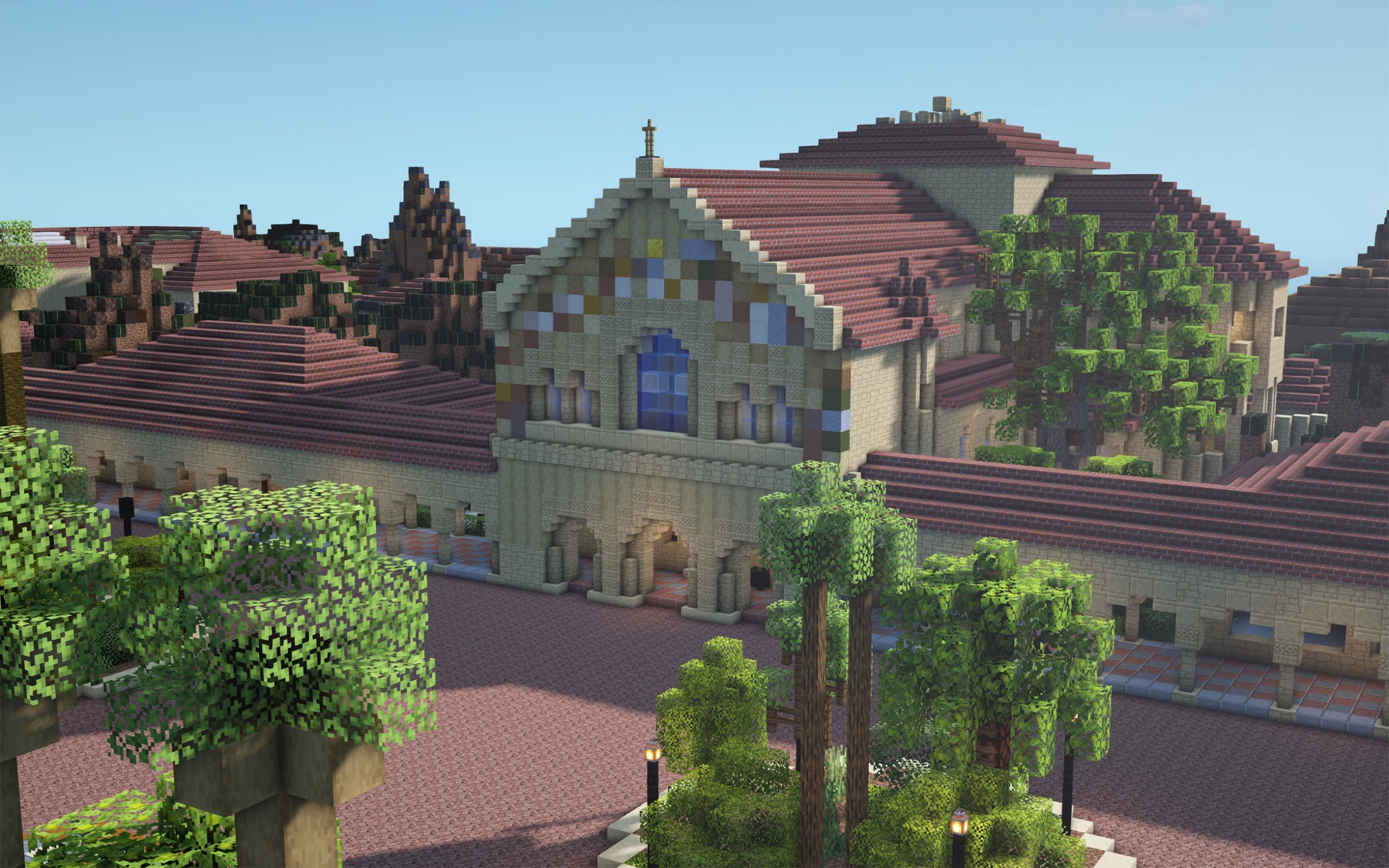934 years ago, the oldest university in the world was founded in Bologna, Italy.
The University of Bologna formed through a group of student-led mutual aid societies, mostly comprising of foreign students seeking protection from discriminatory city laws. The laws would enforce collective punishment against foreigners for the debts and crimes of their countrymen.
Under the umbrella of the University, however, these student-led communities were able to invite scholars to give lectures, form student associations, and most importantly, levy their collective power to end such laws.

A far contrast to the administrative bloat of universities today, the early medieval university was owned by and for the students. Student representatives in Bologna had the power to make decisions on everything from salaries to housing to curriculums.
Enter web3 and the rise of learning DAOs: does web3 offer a solution to the modern university, and are students able to collectively own their school?
Let’s dive in and explore the state of Education x web3.
“Onboarding” via Tutorials and Bootcamps
Since crypto has begun to reach more people as a means to power entire ecosystems and as something beyond just a purely speculative asset, we’re also starting to see issues like “onboarding” and “web3 education” rise to the forefront.
💡 Every web3 community claims to be “onboarding the next 1 billion/million users into web3.” What does this really mean in practice?
Beyond optimizing the UI/UX of any individual product, web3 onboarding is simply a means to ensure that users can develop the muscle to find the signal amongst the noise.
Within the unregulated landscape of web3, educating others is particularly important, especially for those who are unfamiliar with the technical jargon and underlying concepts surrounding blockchain. Scams are often rampant, and the technology isn’t always intuitive.
The best of web3 education has focused on up-skilling new users and ecosystem adopters, much like tech-oriented bootcamps or online certification programs. Programs like Pointer, LearnWeb3, and Buildspace allow users to acquire much-needed computer programming skills, teaching skills like NFT smart contract deployment and programming languages like Solidity. In an industry with an all-time-high of only 18,000 monthly active developers, this presents a unique opportunity.


For non-developers, DAOs like OdysseyDAO enable users to read tutorials and take quizzes on everything from avoiding wallet scams to basic explanations of web3. Part of Layer3’s mission is also to enable users to learn web3 by doing, such as writing blog posts for DAOs or sharpening your social media skills with a Twitter thread.
Onboarding addresses some of the more immediate educational concerns harbored by new users in web3. But what about the equivalent of educational institutions?
Learning DAOs: Crypto, Culture, & Society
In November of 2021, Crypto, Culture & Society (CCS) announced via Mirror that they were building a “Liberal Arts for Crypto.”
With the mission of re-shaping a liberal arts education as the “foundation to creating a better web,” CCS is a learning DAO where the price of admission for each student is 0.1 ETH, or approximately $280.
CCS kicked off their second semester with a series of initiatives that are familiar to anyone who’s attended school. Lectures were delivered in the form of workshops, hosted by prominent web3 thinkers such as crypto VC Katherine Wu and LATASHÁ. Students can attend electives hosted by other students; learnings are regularly posted in a public blog on Mirror.
Some of these might not solve an immediate need like learning Solidity as a developer in order to write a smart contract, but still seek to enrich the minds of its students through collaborative and project-based learning.
“DAOs (decentralized autonomous organizations) may serve as a new coordination mechanism to build educational entities where every stakeholder designs the experience together as owners,” writes CCS.
Like the student representatives of early-medieval Bologna, CCS students can also vote on what professors are invited to speak, and make decisions regarding the future of the school.
An Invisible College
The founders of Invisible College, another learning DAO, have also tried to move beyond the tutorial and onboarding model by quite literally creating an Invisible College: a school that students themselves can invest in, via a collection of randomly generated “Decentraliens” NFTs on Solana.
By purchasing an NFT from the Decentraliens collection for 1.5SOL, students are onboarded into web3 via ownership—an incentive that founder Nick deWilde believes will inspire more people to build.
“Those who experience the magic of ownership, often get so excited that they can’t help but start building something.” — Nick deWilde, Invisible College Founder
All revenue from Invisible College’s NFT sales go toward its treasury, which goes toward curriculum building and member programming.
An example of Invisible College’s diverse course offerings.
Behind Invisible College is also the philosophy that a school or university should serve a student’s needs. In Bologna, the university formed out of the immediate needs of students to band together and protest unjust city laws. Invisible College formed out of the needs of those wanting a more accessible way to experience web3.
“Imagine being an early owner of a university like Harvard or Stanford,” writes Nick. “Each new course would not only provide new learning opportunities but it would also increase the value of your stake in the school. If at any point the school stopped serving your needs (or started hitting you up for donations) you could sell your stake and reap the value. That’s what we’re building at Invisible College.”
The DAO-ification of Education
It would be incredible to see what would happen if every student could own a stake of their school or university, just like the major donors and board members who get to make its decisions today.
Even if learning DAOs don’t reach the institutional level of universities with multi-billion dollar endowments and research grants, they’re still able to incite a passionate community of supporters who band together to reach a common educational goal.
DAOs like Developer DAO has over 17,000 Discord members, which is more than the student body at most privatized universities in the United States; VitaDAO incentivizes scientific research through community-owned collective funding, much like taxpayer-funded scientific grants at public universities.
While student-owned schools may just be a far-fetched fantasy in today’s state of increasingly privatized education, DAOs can offer a new and innovative models for students to truly own a part of their school—and have a stake in deciding its future.
Though instead of walking through the harrowed Spanish arches of Stanford’s main quad, you’ll be be walking through a digital quad in the Metaverse.

Thanks for reading!
Interested in web3 communities? Check out Layer3’s links below:
Blog | Newsletter | Contribute | Twitter | Discord